|
December
2020
Contents
Monthly Meeting
Upcoming Field Trips
President's Message
Bird of the Month
Special Report
Field Trip Reports
DECEMBER MEETING:
According to the updated guidance from the
governor’s office, our county is currently in High Transmission Status which
means gatherings are restricted to 10 people or less and a 6 ft. distance must
be maintained. We want to make sure we’re keeping everyone safe and complying
with state guidelines so we will not be meeting again until our county
transmission status drops back down to moderate or low. We really miss seeing
all of you and we are looking at options for virtual meeting/online presentation
options we can do in the meantime. Stay safe and happy birding!
Keeli
FIELD TRIPS:
Christmas Bird Couns
December 19, 2020
The Provo Christmas Bird Count will be held on Sat. Dec
19th. Due to Covid, we will not be holding our regular December bird
quiz/prep for the bird count. Also this year we will not be doing the
post-bird count potluck and will ask everyone to email their results.
Participants are encouraged to use separate vehicles if birding by car
unless it is with immediate family. We should also wear masks when around
other people in the field. Contact Bryan Shirley at bt_shirley@hotmail.com
or 801-722-9346 for more info.
January 2, 2021
The Payson count will be on January 2. This year we will
not be meeting before the count like we usually do so
if you want to participate please contact me before the count to get an
assignment.
Bryan Shirley
801-722-9346
President's Message -
December 2020
by Machelle Johnson
At this time of Thanksgiving, an "Ode to Things I'm
Thankful For in 2020":
2020 has been a strange year, quarantine, restlessness, even some fear.
Yet all in all there are many bright spots, I'll touch on a few here, a poet I'm
not!
Birds, Birders and Birding, There's no finer lot. We're out and about, sometimes
all converging on a spot
eBird - My Car - Binoculars and Scope, out the door and Hope, Hope, Hope.
The Chase - Success - and Even Skunked, I'd rather be birding than some other
junk.
Utah - Blue Skies - Places to bird everywhere, Just look around, it's all out
there.
My Health - My Job - My Family, of course, without all that life would be worse.
Facetime - Facebook - and even Zoom - staying connected in different rooms.
So Good-Bye 2020, you've Given a lot, but this year it's not what's been given,
its about what we've got.
|
|
|
|
BIRD OF THE MONTH:
|
|
|
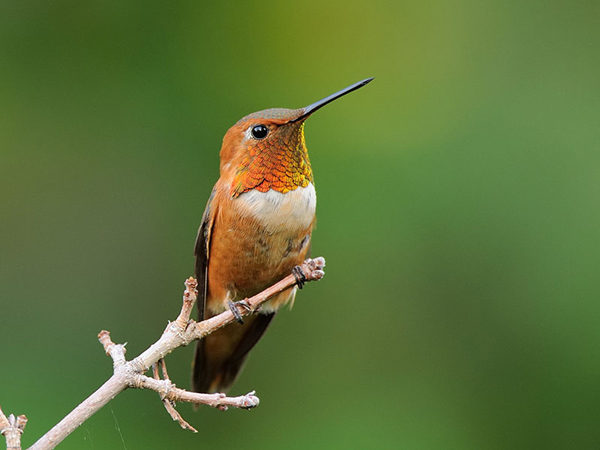
Rufous Hummingbird
by John Crowley ©John
Crowley
|
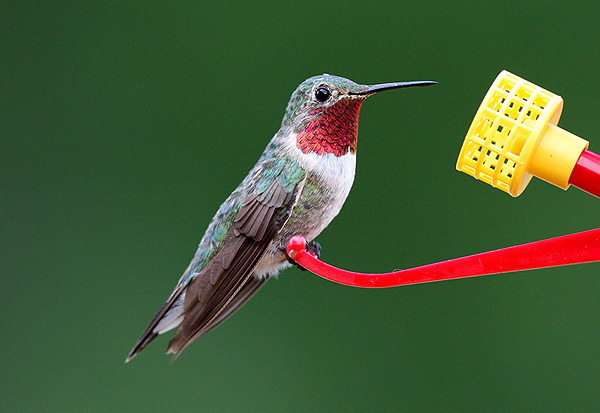
Broad-tailed Hummingbird
by Jack Binch ©Jack Binch |
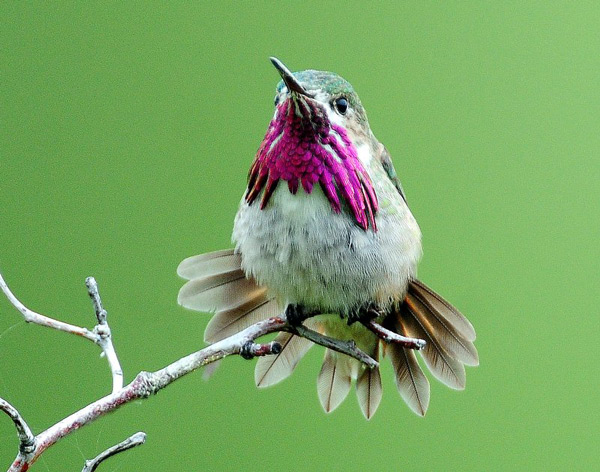
Calliope
Hummingbird
by Paul Higgins ©Paul
Higgins |
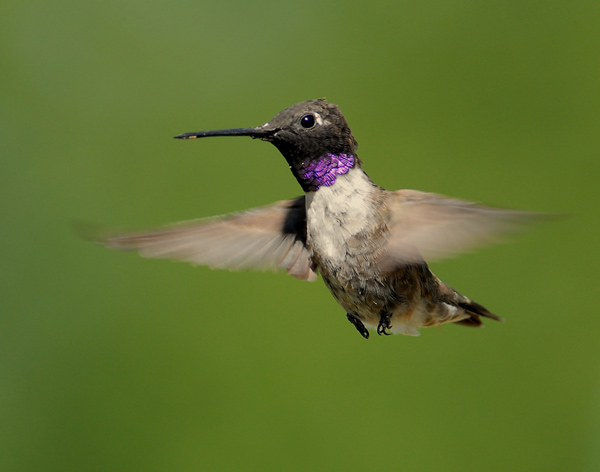
Black-chinned Hummingbird
by Paul Higgins ©Paul
Higgins |
|
|
Homeland Hummingbirds
by Dennis Shirley
Covid-19 has
turned everything upside down for birders, including not only international
travel but travel among our states and even our counties here in Utah. For
those of us who have taken the Covid-19 pandemic seriously, we have spent an
inordinate amount of time at home and in our yards. My yard has never looked so
organized and clean. Because of our “house arrest” because of Covid, much of my
birding has been in my yard. I have entered several dozen yard bird lists in
e-bird for the year and have a pretty good idea of the birds that frequent my
yard. In 2020 this included 65 species. Of course one of the common birds seen
almost every day from spring to fall is hummingbirds, and I have up to nine
feeders going at one time.
One evening in late July, as I was sitting out on
my back deck watching my feeders, a neighbor came over and joined me. He has
developed an interest in birding and is amazed at the diversity of birds you can
get even in your own yard. The rufous hummingbirds had just arrived and, like
they do every year, stirred up the normal feeding patterns of the resident
broad-tailed and black-chinned hummers.
Birders and non-birders have always been fascinated with hummingbirds. Can
you imagine living in Europe or Asia and never witnessing the flight of a
hummingbird and then, like my birding friends in Japan, coming on a trip to
America and seeing hummingbirds for the first time. They were overwhelmed by
these amazing jewel-like creatures being able to fly in all directions,
including backwards.
My neighbor started asking me questions about birds, and especially
hummingbirds. First off, he wanted to know about the migration movements of
the hummers found in our yard. That question led to more questions concerning
relative numbers of each species and if I knew when they first arrived in the
spring and how late they stayed in the fall. He also wanted to know if they fed
at the feeders at night, which was an interesting question. These questions
perked my interest in wanting to know more about the daily and annual activities
of my hummers. I began to wonder about what time the hummers began feeding in
the morning and if and when they stopped at night, the effects of weather and
temperature on feeding, and if there is a difference in individual species
timetables. I also wondered if there was a preference for one type of feeder
over another since I had three different types of feeders among my nine
feeders. Other questions included: preference for clear sugar water or red; is
the presence of wasps or bees a hindrance to feeding hummers ; and does the
presence of cover (shrub or tree) make a difference in numbers of hummers using
that feeder. As you can see, when you start studying something and have a
question or two, the more you think about it, the more questions arise. Such
was the case with my hummers. So beginning in late July, I started consciously
working on the above questions. I actually made a field form to record my
observations and had such things as official sunrise and sunset, the beginning
time when the first hummer was recorded in the morning and last hummers in the
evening, the temperature, the weather, and the numbers and kinds of hummers. It
required me to get up well before sunrise and also to be at my feeders in the
evening for the last hour or so of the day.
Here are some of the things I found out: When did the first hummers arrive in the spring
and leave in the fall?
|
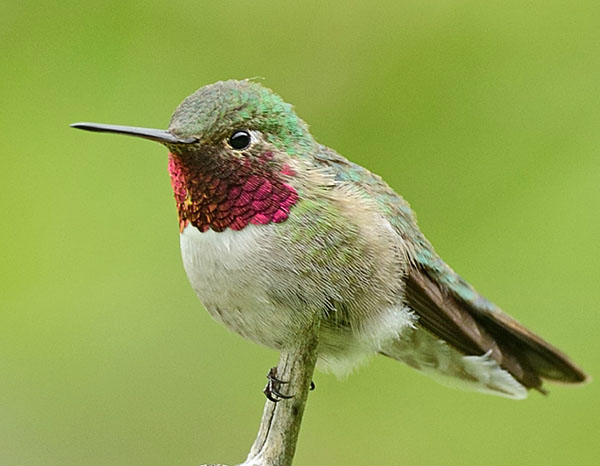
Broad-tailed Hummingbird
by John Crowley ©John
Crowley
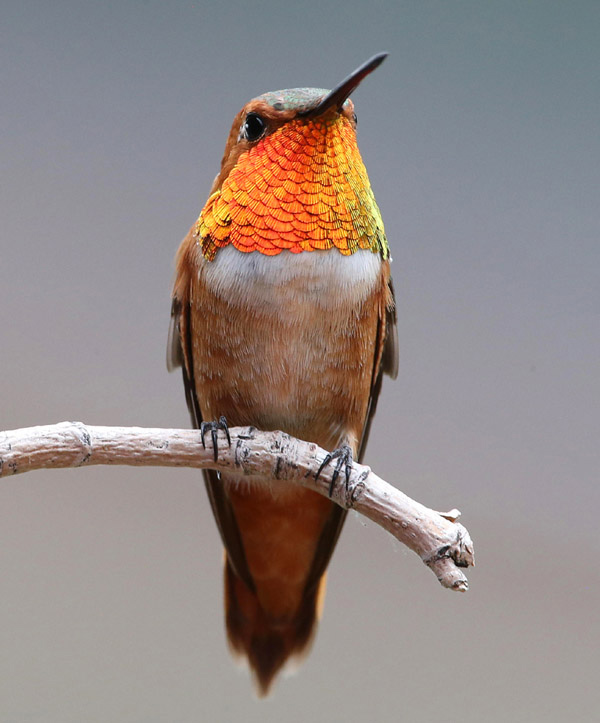
Rufous Hummingbird
by Jack Binch ©Jack
Binch
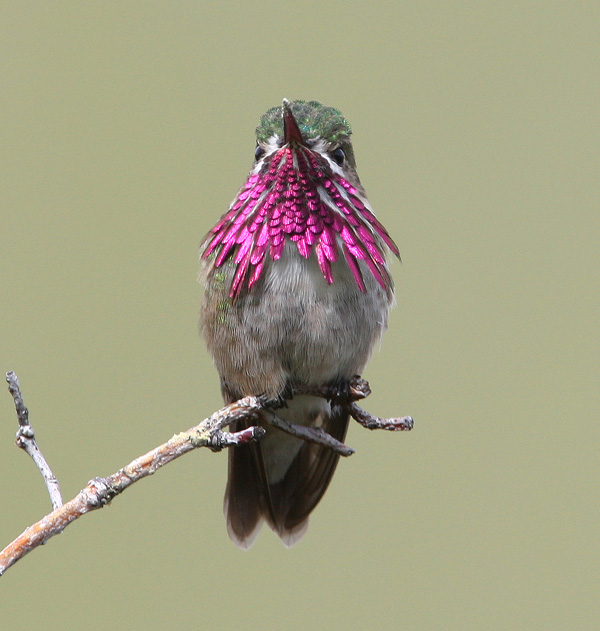
Calliope Hummingbird
by Jack Binch ©Jack
Binch
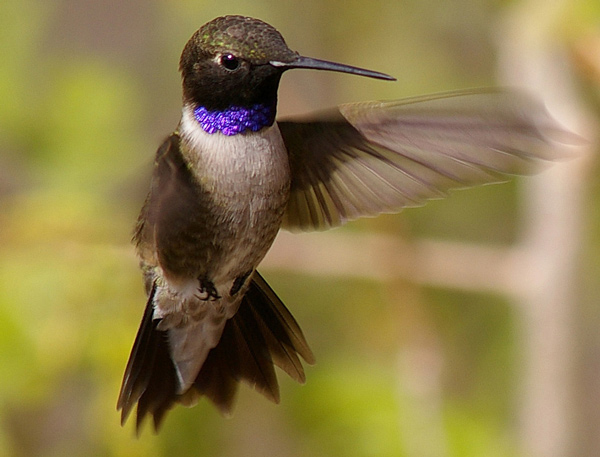
Black-chinned Hummingbird
by Marlene Foard ©Marlene
Foard |
April 23 was my first
observation of a hummer at the feeders in my yard. It was a broad-tailed male.
My first black-chinned arrived just three days later on April 26.
For comparison, in 2019 the first broad-tailed was on April 21 and the
black-chinned on April 25. Going back and checking earlier years, my FOY
records all fall in the last half of April.
My annual FOY hummingbird yard observations are always a few days
later than the first records for Utah County. This may be due to my yard
location on the higher oak/maple bench areas instead of lower down in the
valley.
The rufous hummingbird is markedly different. It arrived in 2020 on July
18, which was a little later than usual, with most of my previous annual records
being from the 4th to the 15th of July. The first record
is always a male, which is normal. The females and young come later.
I did have a calliope hummingbird show up on August 21 and stay about a
week until August 29.
In the fall, the last hummer observed was on September 30 and was a
broad-tailed. The last black-chinned was on September 27, and the last rufous
was on September 21. So in 2020, no hummers were observed in our yard after the
1st of October.
What was the largest number of hummers at the
feeders at one time?
Trying to estimate the number of hummers using the feeders during one
day is difficult, especially with the presence of the rufous hummingbirds, when
there is always pandemonium, with hummers racing between the feeders trying to
get a sip of nectar. On the morning of August 28, I had 17 hummers at the
feeders at one time, which was my high count. But, between mid-August and the
first of September, I often had 10 to 15 at the feeders both during the morning
counting period and the evening. So between these dates was when the most
hummers were in my yard.
The most activity at the feeders was during the early morning and early
evening periods. On most days, there was very little activity during the
hottest part of the day.
Do hummingbirds feed at night? If not, when
does feeding begin in the morning and end at night?
This question required more
time to answer than any of the others. Of course, I didn’t spend all night
watching my feeders, but I did spend darkness in the morning and in the evening
watching them. Not surprisingly, I never saw a hummer at the feeders after
dark. I spent 34 mornings and 27 evenings in August and September from before
daylight in the morning and until dark in the evening recording the use at the
feeders. I would normally spend an hour or two during each observation period.
In the morning, 23 minutes before official sunrise was the average time
hummers arrived at the feeders. Beginning times in the morning ranged from
between 29 to 17 minutes before sunrise. In the evening, hummers averaged 13
minutes after sunset as the last time they fed and ranged from 17 to 8 minutes
after sunset. Twilight is considered to be one half hour before official
sunrise in the morning and one half hour after official sunset in the evening.
So my hummers fed during twilight hours in the morning (slightly earlier) and
during twilight hours in the evening. One of the observations I also did was
keep track of other bird species in the yard during the times I was watching
hummingbirds. Without exception, hummers were the first birds to actively feed
in the morning and the last birds to feed in the evening. Other birds must go
to bed earlier than hummers.
Other Questions
Most of the other questions I had, I could only
superficially answer. For the two months that I obediently watched the feeders,
daily temperatures during observation times ranged from about mid-40’s to
mid-60’s in the morning and 60’s and 70’s in the evening. Temperature seemed to
have little effect on the numbers of hummers using the feeders.
Like temperature, weather seemed to have only minor
effect. However, during the observation months, no major weather changes
occurred.
There were no noticeable differences in the use of
the three types of feeders, and it seemed to not matter whether the sugar water
was colored red or left clear.
When wasps and bees were present in large numbers,
hummers tended to use the other feeders and were often observed being
aggressively chased away by wasps and bees.
The presence of tree branches or other kinds of cover
where the feeders were hanging did not seem to influence the use of the feeders
by hummers. I had four feeders hanging from our deck and a post right out in
the open where no cover was close, and these feeders were used just as much as
the ones hanging from our fruit trees, oak brush, and aspen.
We’ve answered all of the questions, some more
thoroughly than others. It ended up being a good learning experience and a lot
of fun. It goes to show you, that even when our normal world is turned upside
down, many of the world’s creatures still have a normal daily routine.
|
|
Rare Birds of November in Utah County
by Suzi Holt
November has been a month for rare birds in Utah
County!
|
|
It started off with Joellen and Gary Herbert on
November 3 calling to let me know they had a SNOW BUNTING at the
end of the south dyke at Utah Lake SP! In the couple weeks that followed
another bunting appeared so we had two!! These two birds had the paparazzi
showing up for some incredible photo ops. While birders were there on the
4th a Red-necked Grebe was seen, on the 6th a Black Phoebe,
and Red-breasted Mergansers were also seen.
|
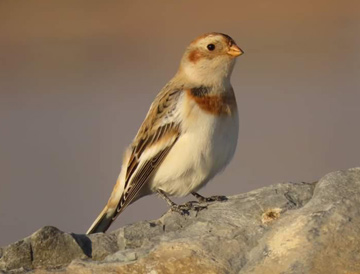
Snow Bunting
|
|
On November 4th Quin Diaz and Kendall Watkins found a
Black Scoter on Sandy Beach at Utah Lake! Kendall texted me and we
headed right over. Many birders were able to see this beautiful drake! |
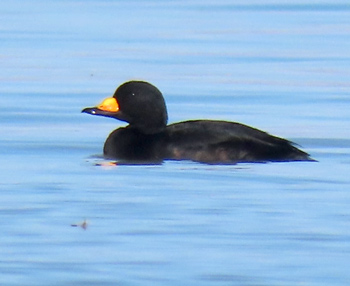
Black Scoter
|
|
The Vermillion Flycatchers that Tammy Northrup
found were still being seen on November 9th. |
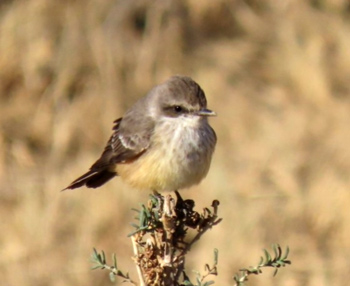
Vermillion Flycatcher
|
|
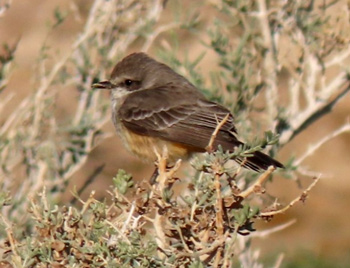
Vermillion Flycatcher
|
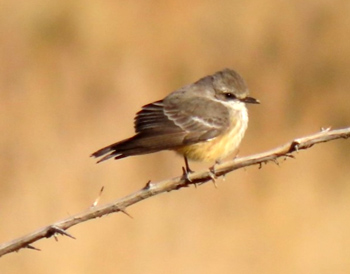
Vermillion Flycatcher
|
|
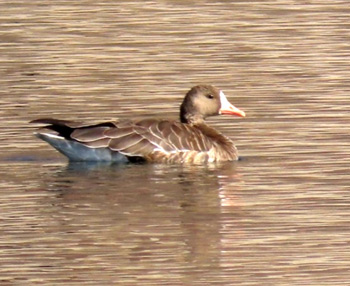
White-fronted Goose
|
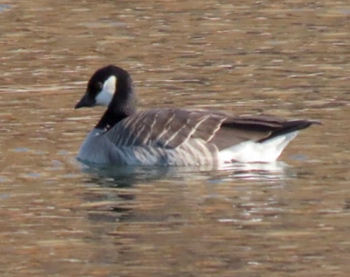
Cackling Goose
|
On November 16th Jeff Hardy found SNOW GEESE, a
GREATER WHITE-FRONTED GOOSE at Mapleton Reservoir. The next day
Bryan Shirley found a CACKLING GOOSE!
On the 20th Bryan Shirley found a EURASIAN WIGEON
at East Bay Golf Course. The PACIFIC LOON still continues at Spring
Lake and that's a loony story. On the 20th Noel Zaugg had EVENING
GROSBEAK.
On the 21st Shawn Miller found a GREATER SCAUP
at Kuhni Wetlands in East Bay. And Jeff Cooper found a BLACK MERLIN
in Highland.
|
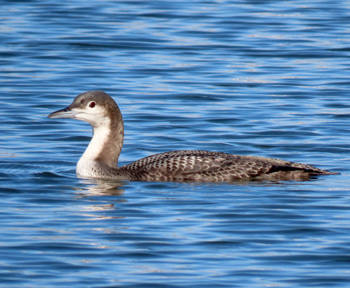
Pacific Loon
|
|
While finding the turkeys for the Turkey Trot up Payson
Canyon Jessie and I saw two of the LEWIS'S WOODPECKERS. Lewis's
Woodpeckers have also been seen on the Mapleton Bike Trail and at the
Woodland Hills Hangout.
|
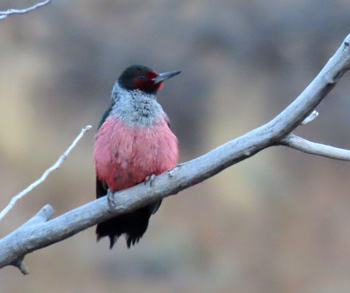
Lewis's Woodpecker
|
|
Field Trip Reports
(There are Individual Field Trip Reports on our
Facebook Page)
|
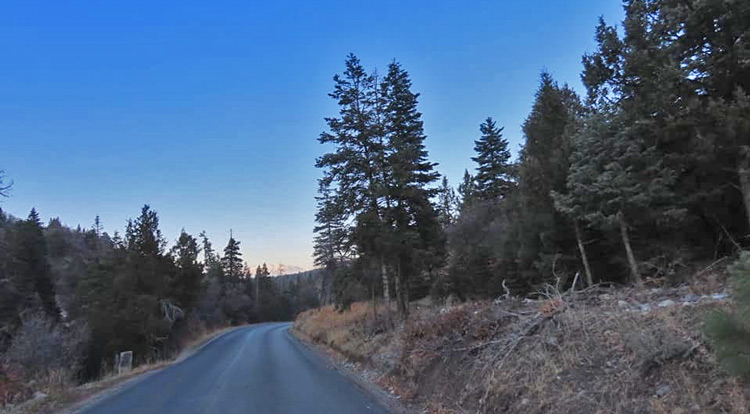 |
Turkey Trot - 2020
21
November 2020
by Suzi Holt
|
The TURKEY TROT was different this
year because of Covid...but we found more than our share of turkeys! 169 of
them up Payson Canyon. The toms were strutting their stuff as Jessie gobbled
at them! Plus we got a two Lewis's Woodpecker bonus!!! We also saw a
Stellars Jay, lots of Black-billed Magpies, a couple juncos
and two Townsend's Solitaire's.
|
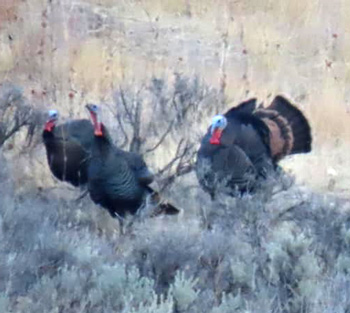 |
|
|
|
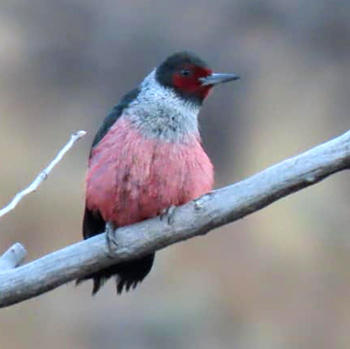
Lewis's Woodpecker
|
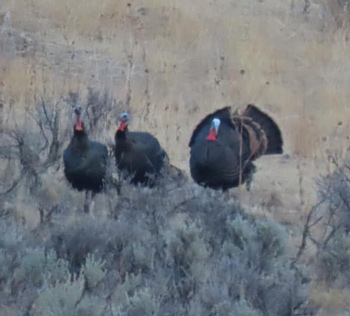
Bald Eagle |
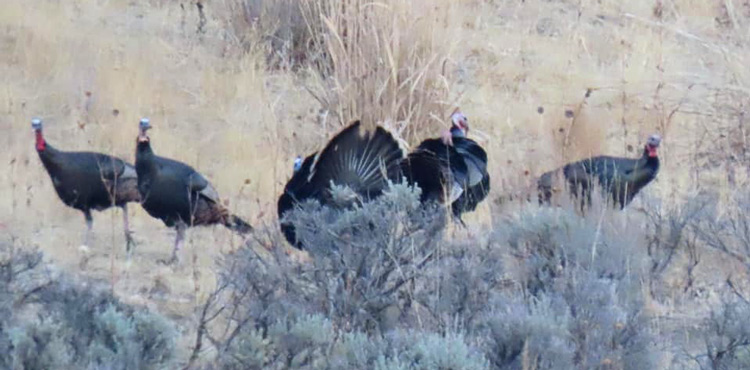
|
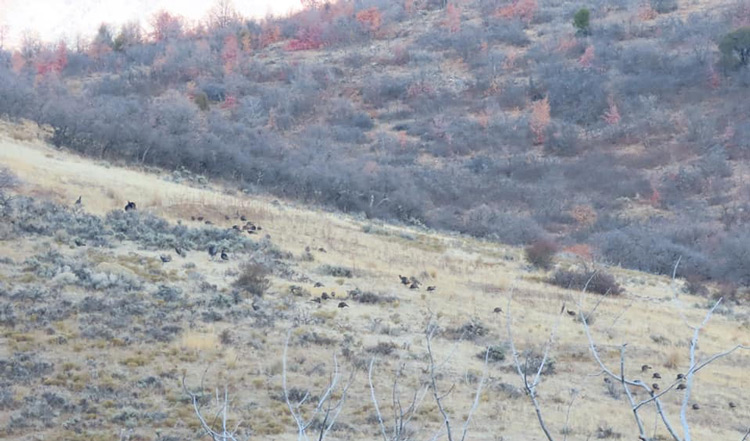
|
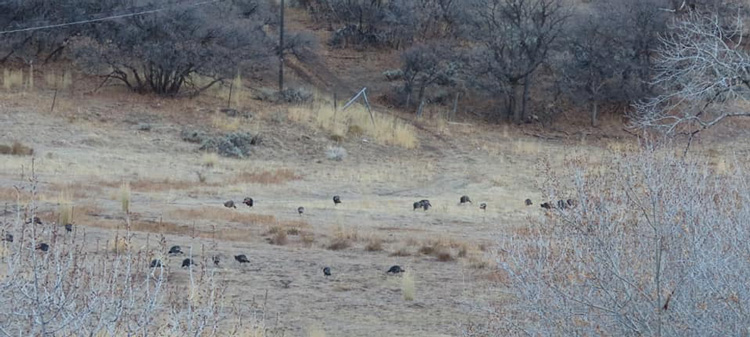 |
|
TELL US WHERE YOU SAW
YOUR TURKEY'S!
|
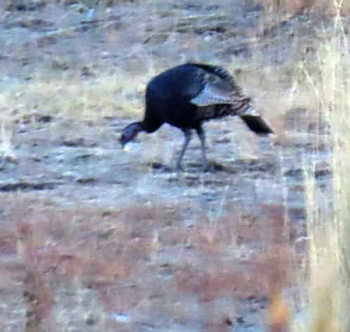 |
|
|
|
|
|
Southern Utah - Hwy 20 & State Parks
by Suzi Holt
Challenge # 26
Hwy 20 Continued
|
|
We got to spend Thanksgiving in Sand Hollow so we were able to finish Hwy 20
and a couple more State Parks! Jessie and I finished #26...20 species on Hwy
20 on the way down. I needed 6 species and Jess needed 7. We found BALD and
GOLDEN EAGLES, Mallard, Northern Harrier Dark-eyed Junco and
Mountain
Chickadee and a extra House Finch for Jess. It was 38 degrees and windy or
in other words freezing cold!!! But we finished it finally! That one was
tough!!! |
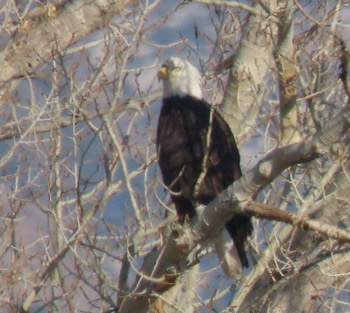
Bald Eagle
|
|
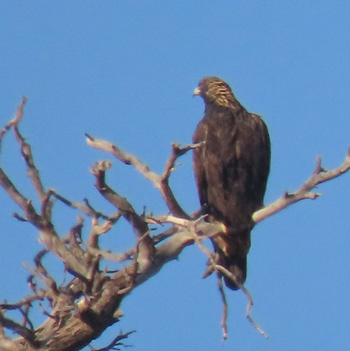
Golden Eagle
|
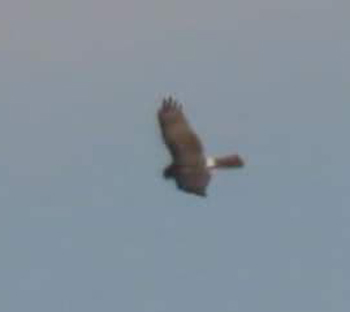
Northern Harrier
|
Challenge # 7
State Parks Continued |
|
|
On Wednesday morning Jessie and I went over to scope things out and finished
Quail Creek SP. We saw HORNED GREBES doing a dance! Some HOODED MERGANSERS
hanging out by the dam. We also saw RED-BREASTED and Common Mergansers,
there were Western, Eared and Pied-billed Grebes too. We had Say's and Black
Phoebes and American Pipits by the shoreline and in a brush pile
Ruby-crowned Kinglet, White-crowned Sparrows, Dark-eyed Juncos and a
BEWICK'S WREN. We also found Rock Wrens, Bufflehead, Common Goldeneye, Great
Blue Heron, Common Raven, Ring-billed Gulls, DC Cormorants and a BALD EAGLE.
We were also able to get a mile walk in! |
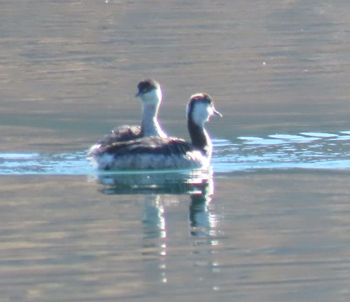
Western Grebes
|
|
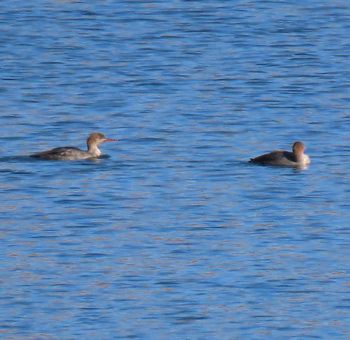
Common Merganser
|
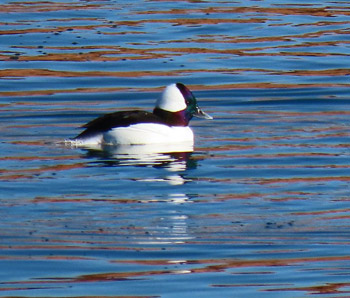
Bufflehead |
|
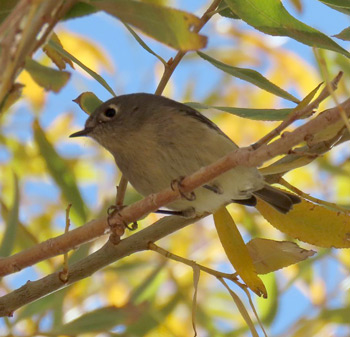
Ruby-crowned Kinglet
|
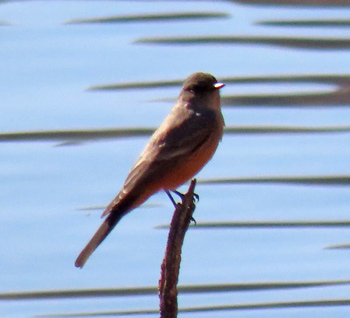
Say's Phoebe
|
|
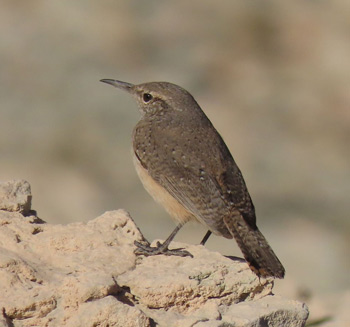
Rock Wren
|
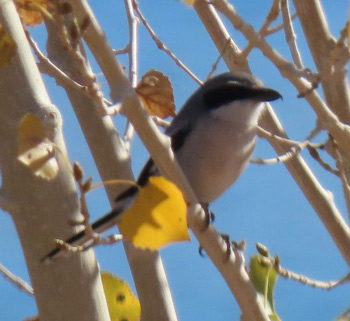
Loggerhead Shrike
|
|
Sand Hollow SP was a piece of cake. We already had a few from our last trip
so it didn't take us long. We found American Pipit, Loggerhead Shrike,
Yellow-rumped Warbler, GREATER SCAUP, HOODED and RED-BREASTED Mergansers,
Bufflehead, ROCK WREN and Pied-billed Grebe getting us to 20!!
On Thursday evening Amanda, Izzy and Tatum came down. Friday morning we went
to Snow Canyon. We needed 5 more species. We got out and within ten minutes
had a SAY'S PHOEBE, YELLOW-RUMPED WARBLER and a BEWICK'S WREN. We spent
another hour and couldn't get the last two and needed to head back to Bruce
and the girls. Snow Canyon remains unfinished. |
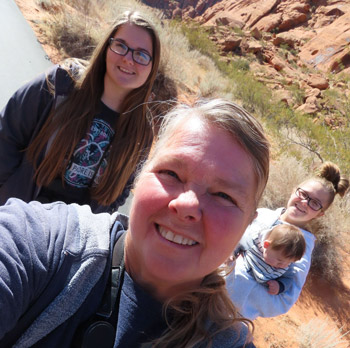
|
|
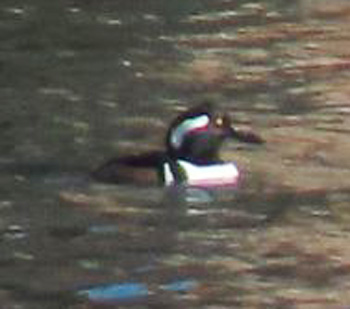
Hooded Merganser |
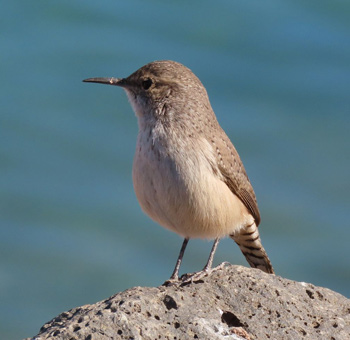
Rock Wren
|
|
After lunch we drove up Kolob Terrace. Jess and I needed 3 species and
Amanda needed 6 in Zion NP, parts of Kolob Terrace and Lava Point Lookout
are in Zion NP. We found Dark-eyed Juncos, Woodhouse's Scrub Jays and a
NORTHERN FLICKER on the way up. We hit the jackpot at Lava Point and found
MOUNTAIN CHICKADEE, RED-BREASTED NUTHATCH and DOWNY WOODPECKER. It was
golden hour and the scenery was spectacular up there too! |
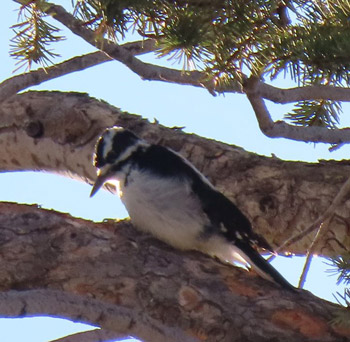
Downy Woodpecker
|
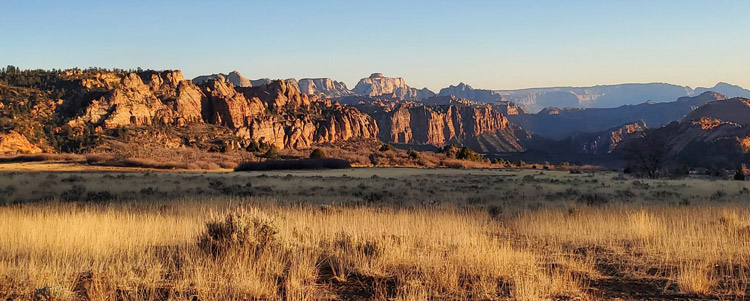 |
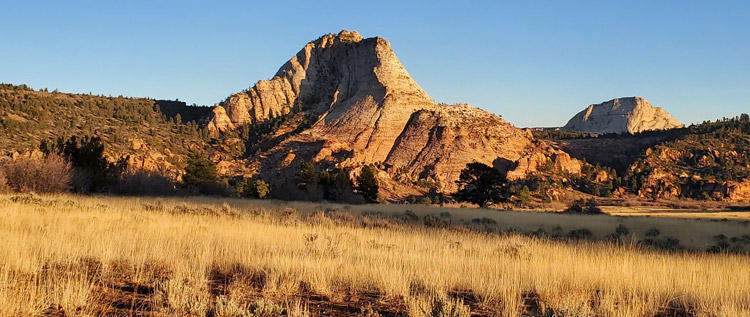
|
On Saturday we went back to Sand Hollow and Quail Creek state parks for
Amanda. We finished pretty quick cause Jess and I had the birds all scoped
out. Yay! 3 more State Parks done!
Bruce, Izzy and Kenna headed home on Sunday and we decided to stay so we
could go back and help Amanda get Hwy 20 finished. We got there a little
after 10 on Monday morning and it took us until 12:30 to find 7 species. She
got American Kestrel, GOLDEN EAGLE, Bald Eagle, ROUGH-LEGGED HAWK- a first
Fall bird, Mountain Chickadee Song Sparrow and Northern Harrier! Yay!!! Now
we need to head up North to a few more State Parks! |
|
|
|
|
|
|
|
|
If you have had any interesting
field trips on your own this month,
feel free to write a report for the newsletter!
(Send it to:
ucbirders@utahbirds.org)
|
|
|









































